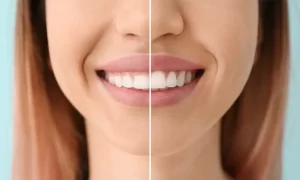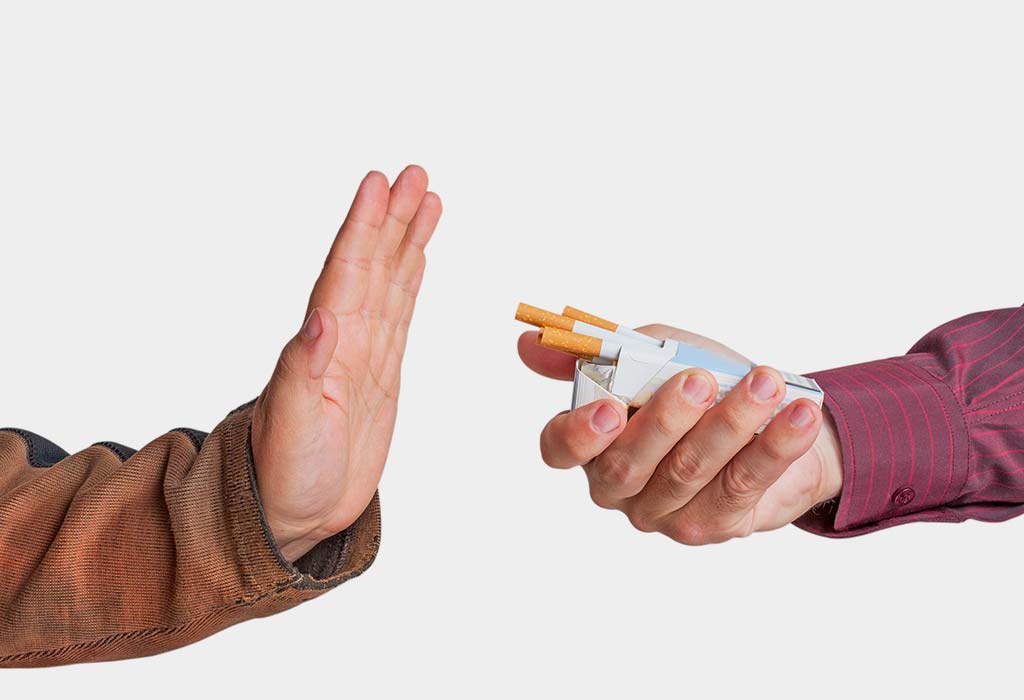Discolored and stained teeth are always distressing. It instills a feeling of shame and embarrassment, especially in social gatherings. It may make people judge your oral hygiene practices and result in social withdrawal. Fortunately, the Sugar Land dentist can help you achieve beautiful healthy, sparkling teeth through innovative procedures like teeth whitening. This procedure can effectively eliminate stains (superficial or extrinsic) with the help of active agents like hydrogen peroxide and carbamide peroxide.
However, is teeth whitening safe for kids? As a parent, you would always want the best for your kids. Children are also prone to teeth discoloration due to several reasons like genetics, fluorosis, cavities, or unhealthy eating habits. In this article, we will explore teeth whitening, its types and mechanisms, and understand if the procedure is safe for kids.
What is teeth whitening?
Teeth whitening is a cosmetic dental procedure that aims to remove stains and discoloration from teeth, restoring their natural white color. It involves applying a whitening agent, usually hydrogen peroxide or carbamide peroxide, to the teeth. The agent penetrates the tooth enamel and dentin, breaking down stains and brightening the tooth’s appearance.
What are the types of teeth whitening?
Types of teeth whitening:
- In-office whitening: Done in a dentist’s office, using high-concentration whitening agents. This is the most safe and effective type since it is performed under the supervision of a trained dentist. This type of teeth whitening offers instant results.
- At-home whitening: Using custom-fit trays and whitening agents provided by a dentist. These are supposed to be worn every day for a definite amount of time.
- Over-the-counter (OTC) whitening: Using products available at drugstores, like strips, gels, or toothpaste. These may be slow-acting.
- Laser whitening: Using a laser to activate the whitening agent. This is safe and effective with long-lasting results.
How does teeth whitening work?

Teeth whitening works by using a whitening agent to penetrate the tooth enamel and dentin, breaking down stains and discoloration. Here’s a step-by-step explanation:
- Application: A whitening agent (hydrogen peroxide or carbamide peroxide) is applied to the teeth through a gel, strip, or tray.
- Penetration: The whitening agent penetrates the tooth enamel and dentin, reaching the stains and discoloration.
- Oxidation: The whitening agent oxidizes the stains, breaking them down into smaller particles.
- Breakdown: The oxidized stains are broken down into smaller particles, allowing them to be removed from the tooth.
- Whitening: The tooth appears whiter and brighter as the stains are removed.
- Rinsing: The whitening agent is rinsed off, and the teeth are cleaned to remove any remaining stains.
Is teeth whitening recommended for kids?
Teeth whitening is not generally recommended for kids unless absolutely necessary. Here’s why:
- Developing teeth: Children’s teeth are still developing, and whitening agents can potentially damage the enamel and dentin. This may damage the underlying permanent tooth buds.
- Baby teeth: Whitening baby teeth is unnecessary, as they will eventually fall out and be replaced by permanent teeth.
- Safety concerns: Whitening agents can be harmful if ingested or used excessively, and children may not be able to follow instructions carefully.
- Limited effectiveness: Whitening may not be effective on baby teeth or developing teeth, as the stains may be deeper or more resistant.
However, in some cases, teeth whitening might be considered for kids:
- Discoloration due to trauma or injury
- Fluorosis (excessive fluoride consumption)
- Orthodontic treatment (to enhance the smile’s appearance after braces or Invisalign)
Closure
If you’re concerned about your child’s teeth discoloration, consult a pediatric dentist or orthodontist to determine the best course of action. They will assess your child’s individual needs and recommend appropriate treatment. Remember, prioritizing good oral hygiene and regular dental check-ups is essential for maintaining healthy, beautiful teeth!





